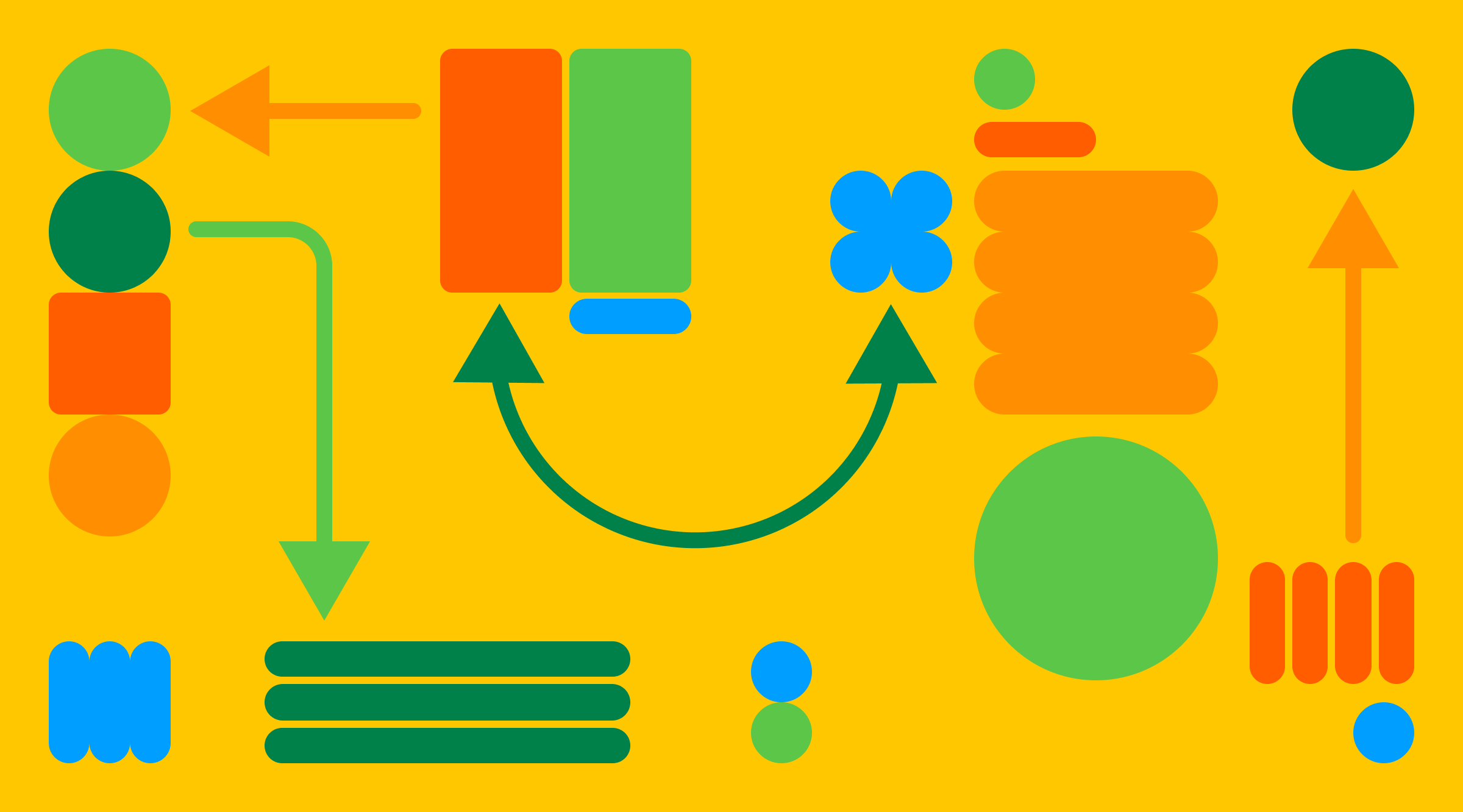Starting a creative design studio: tips on managing a team
Master design leadership by overcoming team challenges

Creativity doesn’t follow a straight path, and this unpredictability makes creative studio management feel like trying to catch the wind, especially if you’re just starting out. Let’s explore why managing a creative team might be tricky and how you can keep your team on track.
What challenges do teams usually face in design work
When you bring a bunch of creative minds together, you’re bound to face a few challenges. Here are some common ones:
- Clashing ideas. Everyone has their own vision, and sometimes these don’t align, leading to disagreements and tension.
- Missed deadlines. Creatives can be perfectionists, which sometimes means they struggle to finish things on time. This can slow down the whole project.
- Lack of structure. Creatives love flexibility, but too much freedom can lead to chaos. Without clear guidelines or structure, projects can quickly go off the rails.
- Protectiveness over work. Creatives often get attached to their ideas. So, they can get defensive if someone critiques their work or suggests changes, which can make collaboration difficult.
Take a look at tips on transitioning from contributor to design leadership based on real-life stories.
How Belbin team roles can help collaboration
Belbin’s team roles help identify the unique strengths each person brings to a team. This concept was developed by Dr. Meredith Belbin, a Doctor of Psychological Studies and seasoned management consultant. His approach is straightforward: when you match tasks to the right people and encourage the right kind of teamwork, the work process becomes smoother and more effective.
Here’s how these roles can work together to tackle the challenges:
- The Plant sparks creative ideas, offering fresh solutions when visions clash.
- The Resource Investigator finds new tools or techniques to keep things moving and meet deadlines, even when perfectionism slows things down.
- The Coordinator organizes the team’s efforts, providing the structure needed to keep the project on track.
- The Shaper drives the team forward, pushing through obstacles and keeping everyone focused.
- The Monitor Evaluator keeps decisions on point by looking at different ideas objectively.
- The Teamworker keeps the team united, smoothing over conflicts and helping everyone work well together.
- The Implementer turns plans into action, making creative ideas real and practical.
- The Completer Finisher perfects every detail, making sure the final product is polished and ready to go.
- The Specialist brings expert advice, guiding the team through technical challenges with their deep knowledge.
You can spot these roles in your team during brainstorms or while solving creative tasks. When everyone focuses on what they do best, your team works more smoothly and gets better results.
Tips for creative studios’ founders on team management
Even the best teams can struggle if the leader is not following the best practices for team management. Here’s the most condensed practical advice:
Break work into stages
Handing over a massive project and crossing your fingers won’t work—break the project down into smaller tasks to manage and keep the end result closer to what you’re aiming for. For example, start with wireframes before moving on to design.
Give space for ideas to grow
Hold off on feedback until ideas have had time to develop. If your designer is sketching a logo, resist the urge to jump in with changes right away. Let them explore their ideas first—you’ll be surprised at how many creative solutions can come to life when given room to breathe.
Appreciate efforts
Don’t just expect great work and move on. Take a moment to show appreciation. A little acknowledgment goes a long way in keeping your team motivated. Plus, it’s always great to sharpen soft skills again and again to become a trusted design leader.
Set clear evaluation standards
Make sure your team knows exactly what you want. Clear guidelines prevent misunderstandings and help everyone hit the target. For example, if you want a page on the website to be visually engaging, specify what you expect.
Foster a collaborative environment
Encourage collaboration with regular check-ins and brainstorming sessions to keep everyone on the same page.
Offer constructive feedback
Balance your critiques with positive points and helpful suggestions. This approach keeps spirits high and helps your team improve.
Running a creative design studio is rewarding but comes with its challenges. By knowing your team’s strengths, avoiding common leadership pitfalls, and encouraging collaboration, you can guide your team to success.
For more on the realities of balancing creativity with running a business, check out our article on behind-the-scenes stories from design agency founders.